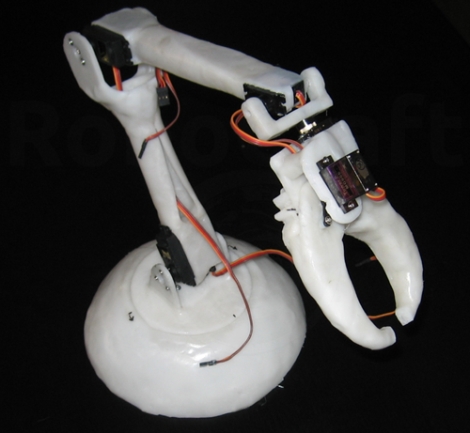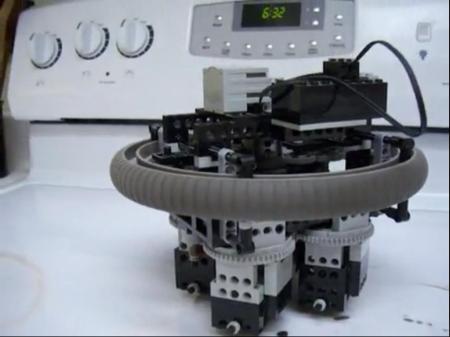
[Martin] just sent in a project he’s been working on that takes Donkey Kong out of the realm of pixels and sprites and puts our hero Mario into a world made of laser cut plywood.
This mechanical version of Donkey Kong uses an Arduino stuffed into an old NES to control Mario jumping over ball bearing ‘barrels.’ The game starts with 12 of these barrels ready to be thrown by our favorite gorilla antagonist, which Mario carefully dodges with the help of a pair of servos.
This is only the first iteration of [Martin]’s mechanical version of Donkey Kong. The next version will keep the clever means of notifying the player if Mario is crushed by a barrel – a simple magnet glued to the back of the Mario piece – and will be shown at the UK Maker Faire next year.
Although [Martin]’s ideas for a mechanical version of Donkey Kong aren’t fully realized with this build, it’s already a build equal to electromechanical Pong.

















